[Interview] Creating a Learning Environment That Awakens Students’ Creativity In Collaboration with Future LabI N T E R V I E W 2025-04-02
I N T E R V I E W
Interview with Oh Ji-won, participant in the FLC Educator Club Monthly Meetup
On March 22, a monthly meetup of the Future Learning Collective (FLC) Educator Club took place at Smilegate Future Lab.
FLC is a platform created in collaboration between Smilegate Future Lab and the MIT Media Lab to support the growth of educators. It comprises three main components: an online training course on creative learning, the “Future Bee Challenge” for classroom practice, and a vibrant educator community known as the FLC Club.
Held every third Saturday at the Smilegate Future Lab, the FLC Club’s monthly meetup is conducted in a workshop format. These sessions offer educators a space to share experiences, exchange ideas, and engage in in-depth discussions on implementing creative educational environments.
The theme of this month’s meetup was “From ‘Teacher’ to ‘Facilitator’: What Makes Good Feedback?” Oh Ji-won, an elementary school teacher at Da-Ha Elementary School, shared, “It was helpful to explore creative environments that empower students to define and solve problems independently, helping them grow as self-directed learners.”
What does Oh Ji-won consider essential for a creative learning environment? And what changes is she bringing to her classroom? We sat down with her to learn more about her hands-on efforts in fostering creative education.
Q. Please introduce yourself.
Hello. I’m Oh Ji-won, and I’ve been working with elementary school students since 2003. I conduct a variety of project-based lessons to help students grow as proactive learners who can identify and solve problems independently. I’m committed to creating a creative learning environment at school. It’s a pleasure to be here.
Q. What led you to join the FLC Educator Club, and what were your expectations?
Last summer, I joined a software and AI training program hosted by the Gyeonggi Institute for Future Science Education. That’s where I was first introduced to Smilegate Future Lab and later became involved with FLC. The Lab’s mission to support the development of children’s creativity resonated deeply with my own educational philosophy. I was especially excited by the opportunity to explore creative education in collaboration with teachers from diverse fields. After completing the FLC online training, I’ve been attending the monthly meetups ever since.
Q. What insights have you gained through the FLC program?
I first encountered Professor Mitchel Resnick’s work during graduate school and became deeply interested in his theory of creative learning. Later, I had the chance to hear him speak at a Future Lab conference, which gave me a deeper understanding of his ideas. One message that stood out was his belief that children instinctively take risks when trying something new, making adult support and encouragement essential.
Through the FLC online training and monthly meetups, I’ve explored ways to apply his ideas in real classrooms. The experience reinforced my belief in the importance of letting students learn through trial and error, without fear of failure.
Q. How can the 'creative environment' promoted by Future Lab be implemented in actual classrooms?
I believe creativity involves the entire process of adapting to new environments, identifying problems, and rising to challenges. Helping students express their creativity lies at the core of the environment Future Lab aims to cultivate.
A truly creative environment emerges when its three key elements — space, content, and culture — are meaningfully integrated into the classroom. For example, building a discussion community where students exchange ideas and create content from those discussions can naturally lead to creative expression. Through these kinds of experiences, students gain confidence in trying new things, and their overall satisfaction with school increases. One parent even told me, “Since meeting you, my child has become so much more confident,” which was incredibly rewarding. (laughs)
Q. Could you share a specific example of how you've worked to create a creative environment?
At the beginning of each school year, I carry out a "community-building activity" with my students. During the first week, we talk about what kind of class we want to be, set classroom rules, and even name the class together. This year, we named our class the “Night Sky Class.” We promised to use respectful language and create a culture of mutual care. Because students shaped the classroom culture themselves, their sense of connection deepened, and they became more engaged in class and project work.
I was reminded that a creative learning environment isn’t built by teaching methods alone. It’s nurtured when students take ownership of exploring problems and finding their own solutions.
Night Sky Class: Like stars that each shine with their own light yet come together to create a beautiful night sky, we hope every student will shine individually while forming a radiant and united community. This was the name our students chose themselves.
Q. FLC is designed to support the growth of educators. How has it impacted you personally?
FLC made me reflect deeply on my role as an educator. In the past, I focused primarily on delivering knowledge. Now, I think more about how to encourage students to take initiative in projects and what kind of feedback helps them grow. This reflection led me to adopt project-based learning, which brought meaningful change. I remember a project where students assigned roles, collaborated, and worked toward a shared goal. Their confidence grew, and they found greater satisfaction in school life.
Q. What do you think is most important in project-based learning?
I think it’s crucial to give students ownership of their projects. Adults should avoid giving too many directions or getting overly involved.
In one project, students divided up roles on their own during the planning stage. For instance, a student who was tech-savvy became the “Tech Assistant,” while another took the lead in organizing ideas and managing the timeline as the “Leader.” This process helped students develop a strong sense of responsibility. I even saw a usually quiet student take on a leadership role and thrive in that position. It was a moment of real growth.
Q. What goals do you have for creating a creative environment with Future Lab?
I want to design lessons that allow students to identify and solve real-life problems through various projects. This year, I plan to participate in the Future Bee Challenge to support students in developing integrative thinking and creative problem-solving skills.
Q. Do you have any words for educators who are interested in joining FLC?
In Korea, the education system is still heavily focused on exams. Students aim to get better scores, and teachers often chase methods to help them do that. But that alone won’t equip students for a rapidly changing future.
FLC gives educators a valuable opportunity to explore alternative approaches and engage in meaningful discussions. I hope more people working in education will join, share ideas, and challenge themselves. Let’s keep working together to build a better future for our students. (laughs)
About Future Learning Collective (FLC)
The Future Learning Collective (FLC) is a platform co-created by Smilegate Future Lab and the MIT Media Lab to support the professional growth of educators. It consists of three main elements: online training, monthly meetups, and the Future Bee Challenge. Educators engage with creative learning concepts and project-based methods through online lectures, then gather at monthly meetups to collaborate on ways to apply creative education practices in the classroom.
단, 콘텐츠를 기사에서 인용 시 ‘스마일게이트 뉴스룸’으로 표기 부탁드립니다.


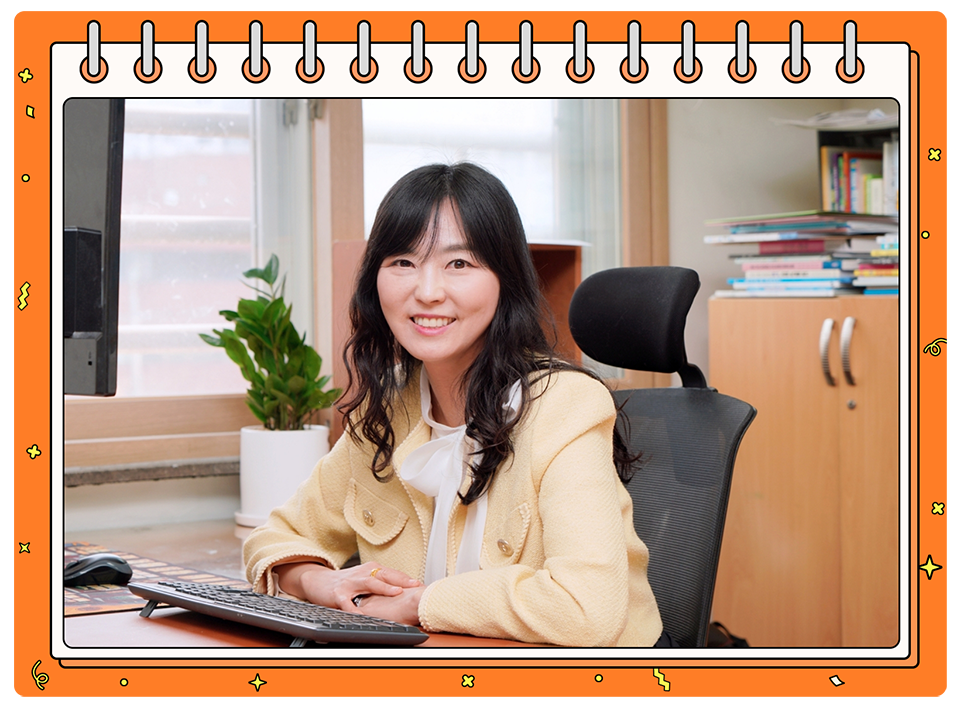
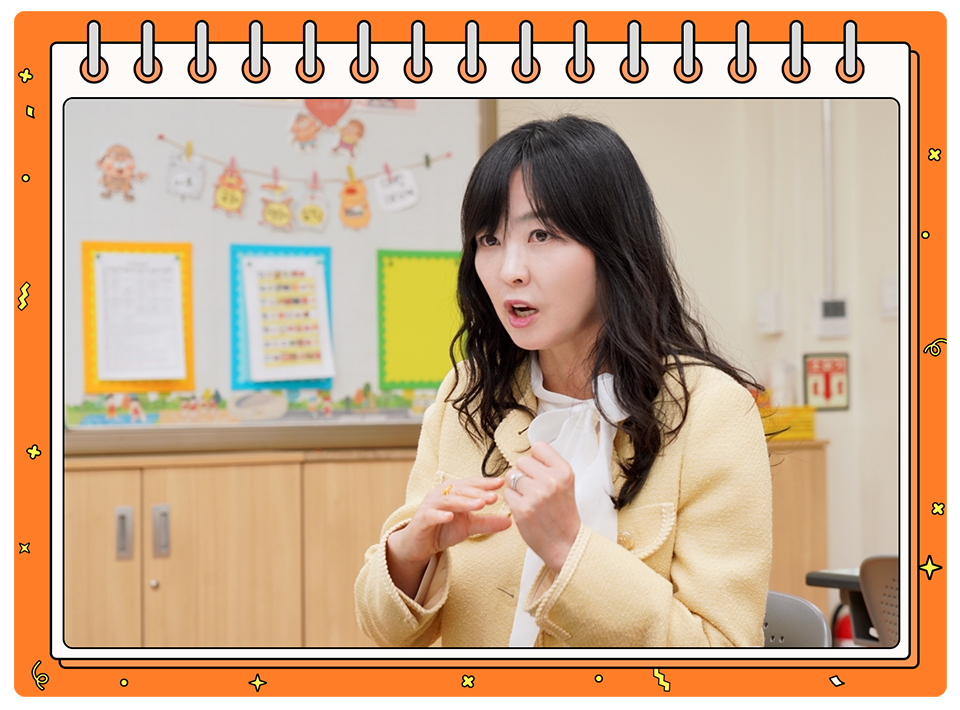

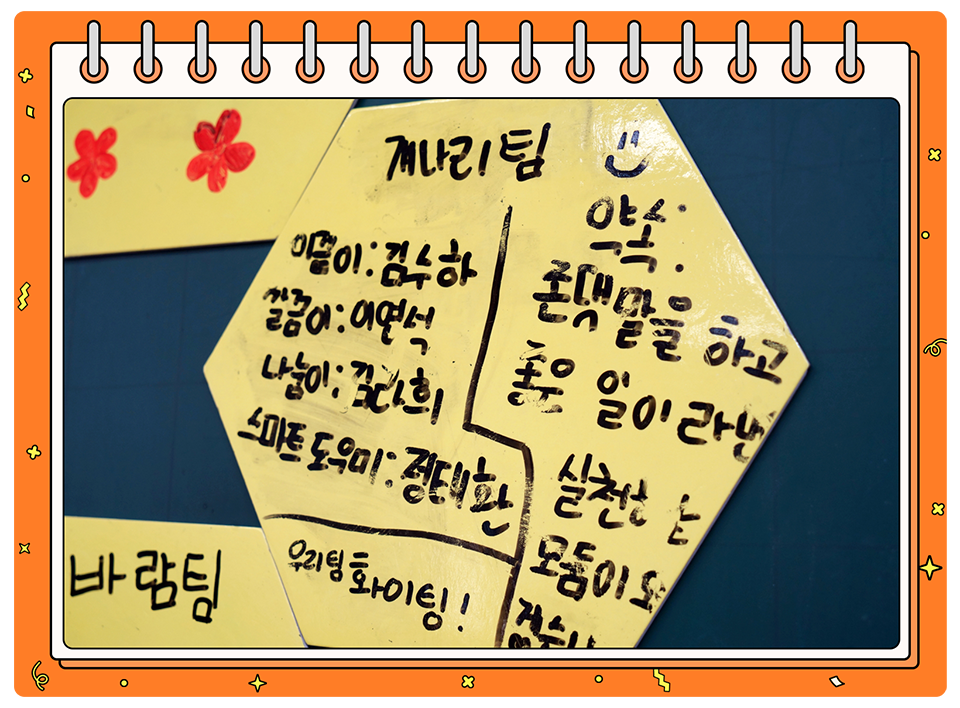
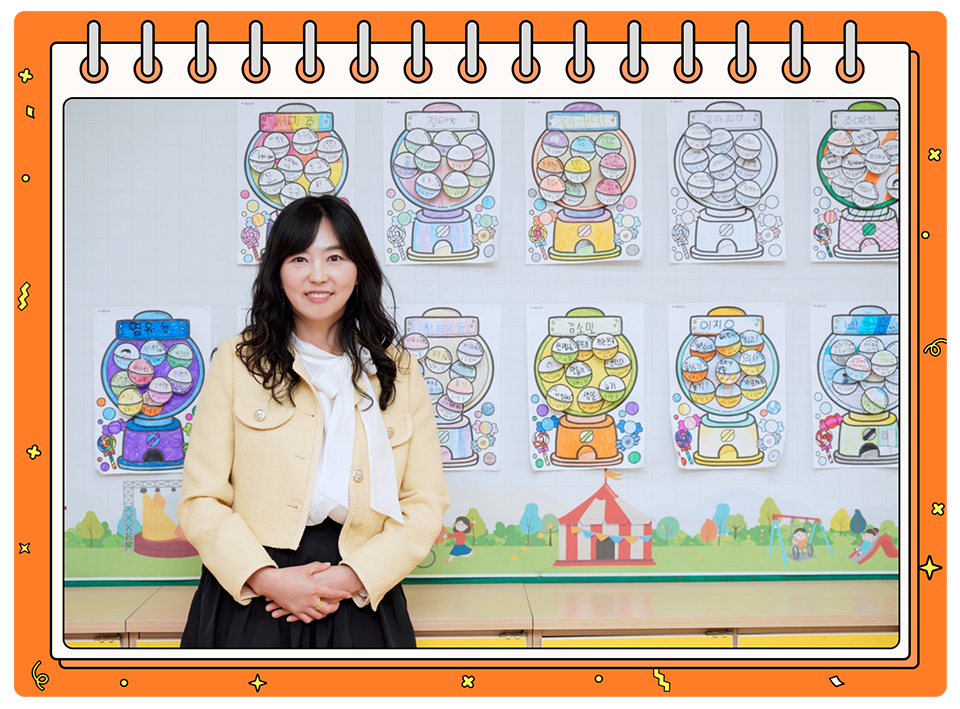
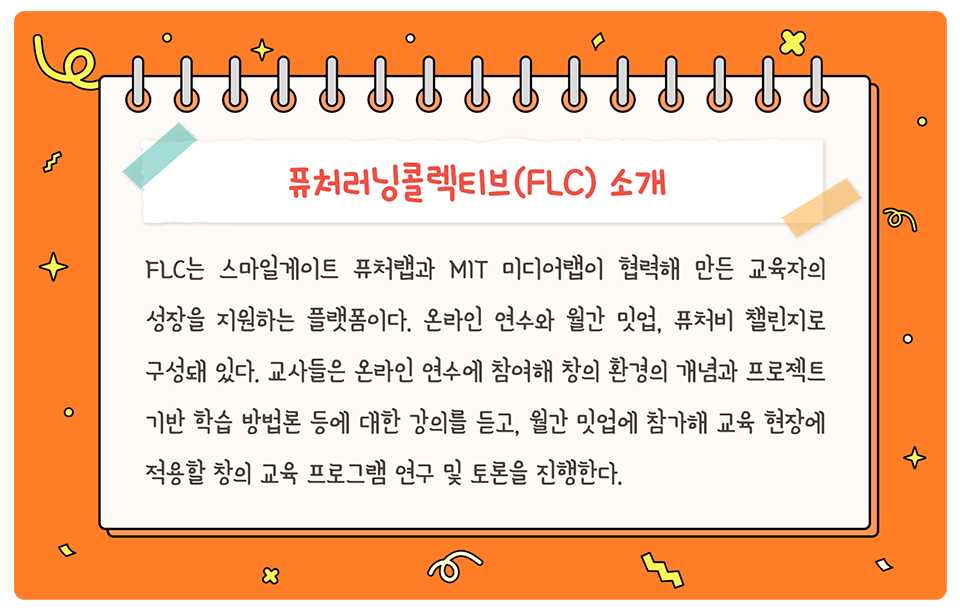
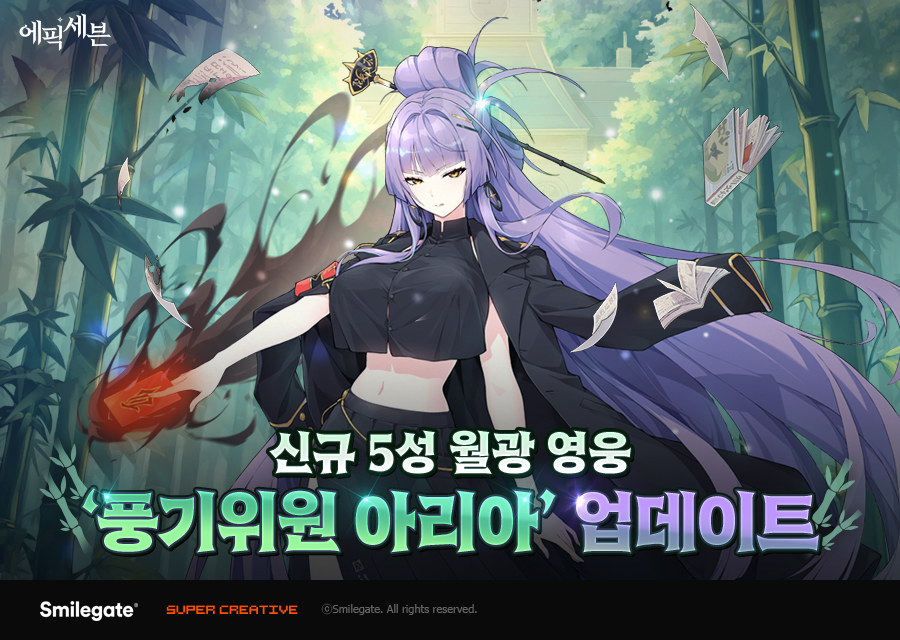
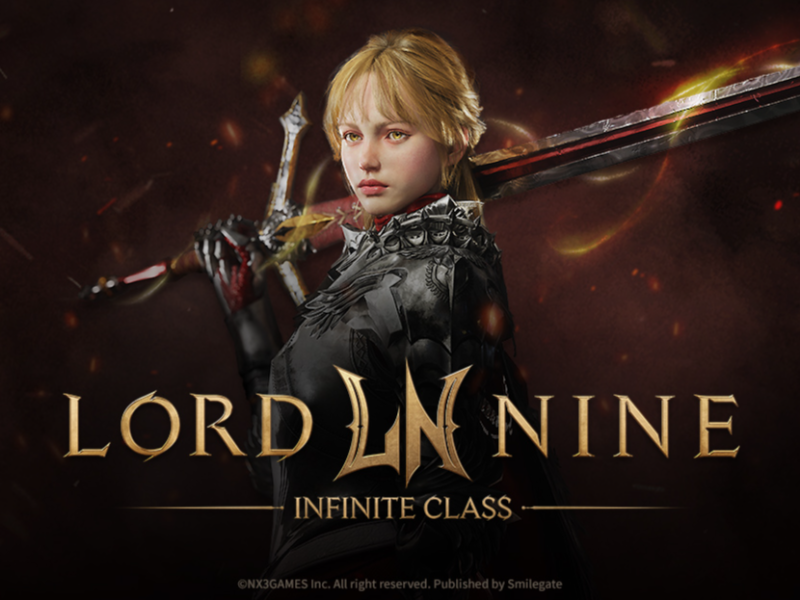

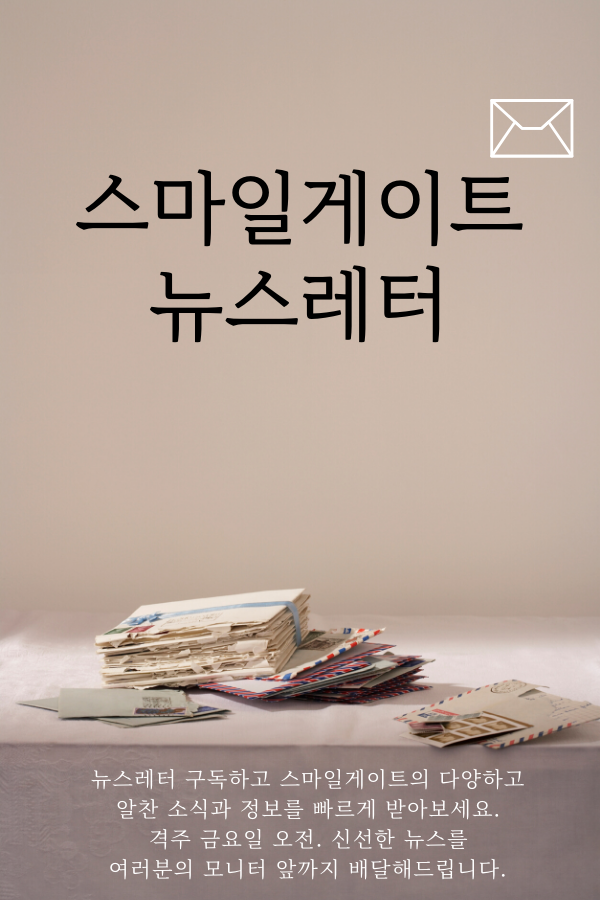



 TOP
TOP
